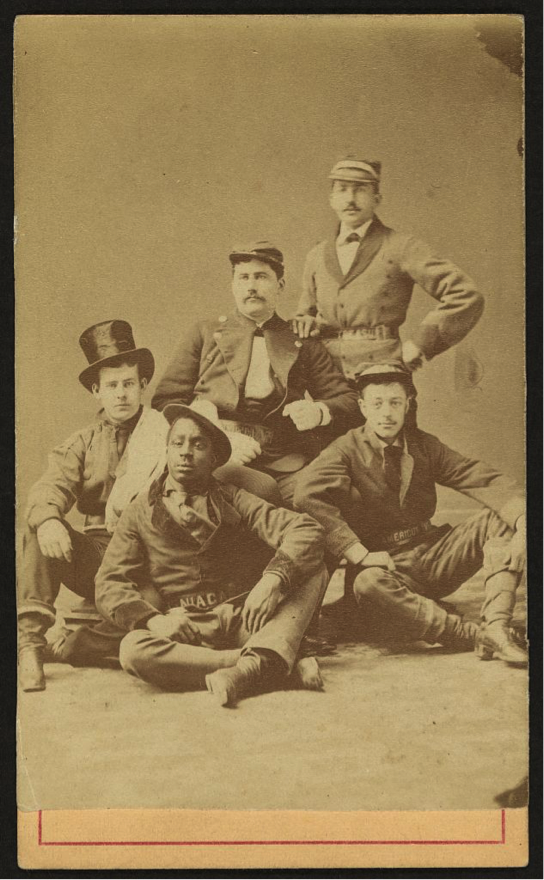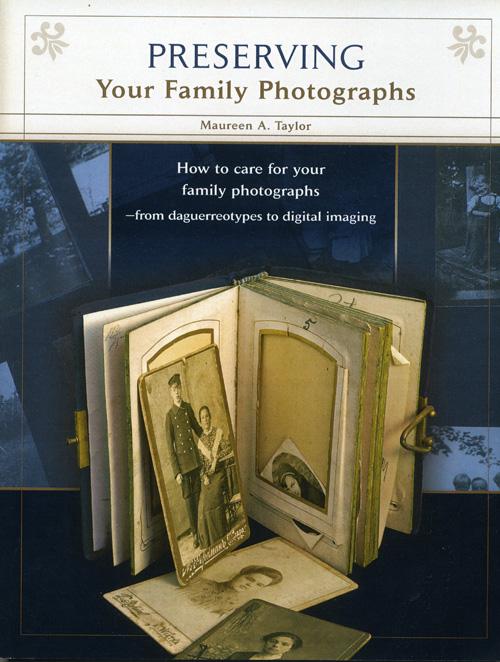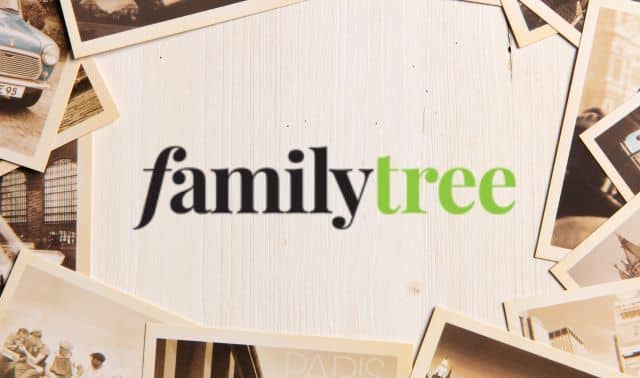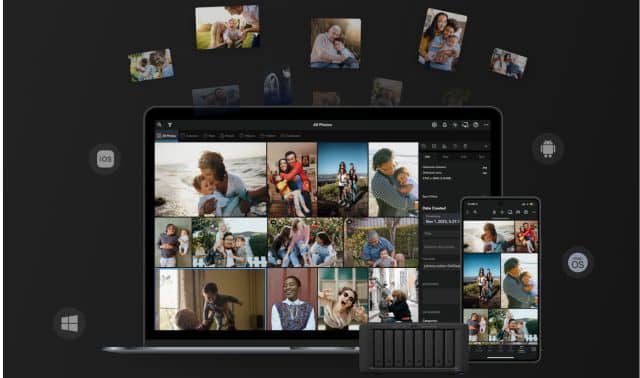Sign up for the Family Tree Newsletter Plus, you’ll receive our 10 Essential Genealogy Research Forms PDF as a special thank you!
Get Your Free Genealogy Forms
"*" indicates required fields

If the beginnings of the daguerreotype are clear, the same isn’t true for little card photographs known as carte des visite (CDV). While some say it originated with the Duke of Parma in 1857, other historians aren’t convinced. The Duke pasted photos of him on cards and handed them out.
Not even the debut date is certain. Some photographers claimed that the process dates to England in 1852. A patent dates from 1854. CDV’s are established here in this country, as of 1859.
There is one truth though. These little 9 cm by 6 cm cards were the MOST popular photographic formats in the nineteenth century. It’s likely your ancestors took part in this carte-o-mania.
You can find them in family collections, photo albums, and abandoned in antique shops. Many featured the name and sometimes the address of the photo studio helping with the dating and identification of an image. The style of the card border and the color of the card stock as well as the shape of the corners can establish a date for a CDV. Start by researching the photographer.
A variety of styles
There is no comprehensive guide to the CDV, probably because there are so many styles. Thin lines, double lined “frames” and even masks which are oval decorations particularly common during the Civil War period.
Commonly exchanged
In the 1860s, special albums were patented so that people could arrange and save their CDV’s. It was a visiting ritual to exchange photographic cards so that ancestral albums are a mix of family and friends. They were collectible too. Your ancestors could buy cards depicting the famous and infamous. Realtors used images of houses to sell high-end properties. The images in the albums tell a story, so don’t take them apart. The number one picture in the album can reveal the names of everyone else. Really.
Tips for dating and identifying
Studios advertised their copying services for individuals seeking copies of the one of a kind daguerreotype. Be careful when dating a CDV because it might be a duplicate of an earlier image.
This lovely group portrait of firefighters is from the Gladstone Collection at the Library of Congress. Occupational images offer insights into how our ancestors dressed for the job. In this instance, all men wear different hats and jackets. It was identified as a group of firefighters but the lack of a photographer’s name means we don’t know where it was taken.
The red line and that color card stock date the image to circa 1870. It’s a fabulous photo.
Maureen A. Taylor, author of Uncovering Your Ancestry Through Family Photographs, provides all the information you need to care for your family photograph collection. In Preserving Your Family Photographs, she outlines how to add value to your home collection by using the methods that conservators and photo curators use every day!
ADVERTISEMENT





